Rangefinders are actually pretty simple to use – just point and push the button.
But this is not always the case because the type of rangefinder you’re using and your intended purpose will determine how you will use the device.
Although rangefinders have many different applications and are needed by different types of individuals specializing in different activities, we’ll mainly focus on how to use a rangefinder when playing golf and while hunting.
How to Use a Rangefinder For Hunting
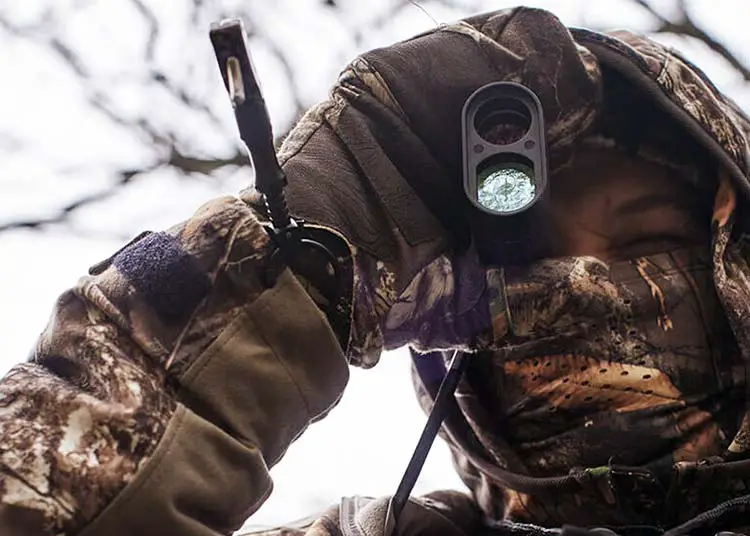
- Hold it Properly (for Bowhunting)
Keep the rangefinder steady or you might miss the target.
- Scan the Area, Locate Target, and Press Measure Button (for Rifle Hunting)
Just look through the monocular lens of your rangefinder to have your target’s magnified image.
This magnification can differ from one model to another, generally between 5x to 7x magnification power.
After scanning the area and locating your target, press the Measure button.
- Press the Measure Button Once Again after Finding the Crosshair on the Target (for Rifle Hunting)
You should avoid ranging your target at the last minute. After you have found the crosshairs on the target, press the Measure button once more.
Then your rangefinder will send the laser out for measuring the distance.
The appropriate distance will also help you have the exact ballistics for long-range shooting.
- Use the Holdover Calculator (for Rifle hunting)
The hold-over value refers to the adjustment you have to make when aiming high to calculate bullet drop for long-range shooting in order to hit a target that is beyond your sight-in distance.
First, you need to measure your distance to the target with a laser rangefinder. Then check the ballistics chart for the adjustments you will be making.
Generally, these charts are available on the manufacturer’s official website. You could keep a printout of the chart with you while going hunting.
The chart gives you the amount of drop the bullet might experience at various ranges in comparison to a set zero distance.
But apart from the distance, factors like the shot’s angle and whether you’re shooting downhill or uphill could also affect the aiming point.
Finding a bit complex?
The simplest solution to determine hold-over on any kind of shot, uphill, downhill, or horizontal is using a laser rangefinder with the Angle Range Compensation (ARC) feature.
The device will precisely do the calculation and instantly show the result on the screen.
How to Use a Rangefinder For Golfing
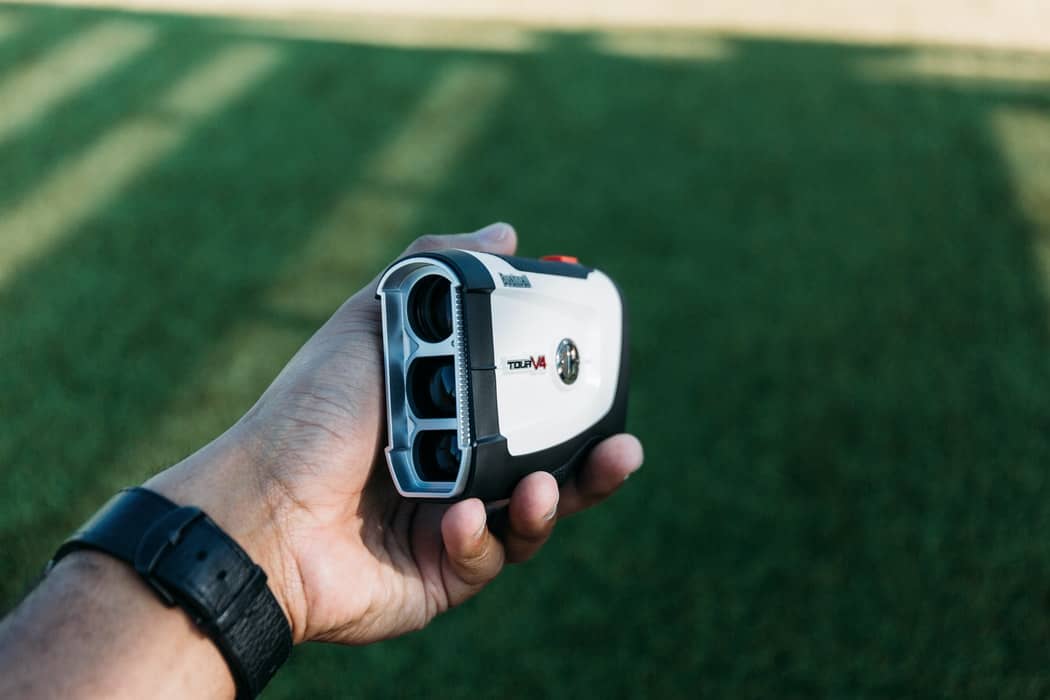
Based on Types
-
Laser Rangefinders
Laser rangefinders use light beams to read the distance between the target and you.
The light speed differs as per the temperature conditions. Generally, golfers choose clear skies for playing golf.
The light beams zoom in on your target and then measure how long a beam takes for bouncing back off your target.
Golfers are able to see the total distance no matter how long their rangefinders take for calculations.
How to Use it
- Turn the device on
- Adjust the mode or the sights as per the situation you’re in
- Now lift the sight to your eyes, see the flagstick, and press the Measure button.
Pro Tips
The accuracy of laser rangefinders is detected by the number of beams that are reflected on the flagstick.
You could notice that all the flagsticks in the golf course have small reflective materials attached that might help you measure the exact distance.
If not, aim at something more reflective near the flagstick or hole for better accuracy.
-
GPS Rangefinders
GPS rangefinders feature the Pin Seeking technology – a target locking feature that lets you point the device at a tiny pin (the flagstick when playing golf) and lock your target.
The benefit is no matter how shaky your hands are or if the crosshair has moved, the target will still be locked.
How to Use it
1. Load the map of the golf course in your rangefinder (you can download it from the internet) to have the best read of the slopes, flagsticks, and flags.
2. Turn on your rangefinder once you’ve stepped into the course and connect it to the satellite to find your location.
3. Select your target hole to have the reading regarding the distance and the target’s slope.
It should give you the pin’s exact distance. Now, you will be able to get the coordinates as per the mapping distance of the GPS.
Pro Tips
The accuracy of this device relies on your internet connection and the GPS signal.
Make sure that you update your device regularly and look for recently updated maps to receive accurate readings on slopes and target distances.
However, if your internet connectivity is poor or your selected golf course is not updated yet on the satellite, you are bound to call it a bad day.
-
Optical Rangefinders
You can use these types to determine the distance between the golf range’s slopes and targets.
Concentrate on your target with one eye on the distance. Determine the pin’s height and convert that to a distance reading.
How to Use it
Look through the sight and if there is any knob, move it for the best clarity of vision.
Pro Tips
These obsolete types are not really anywhere close to the GPS or laser rangefinders and you can only have an idea about your target’s location.
How to Use a Rangefinder (Aiming)
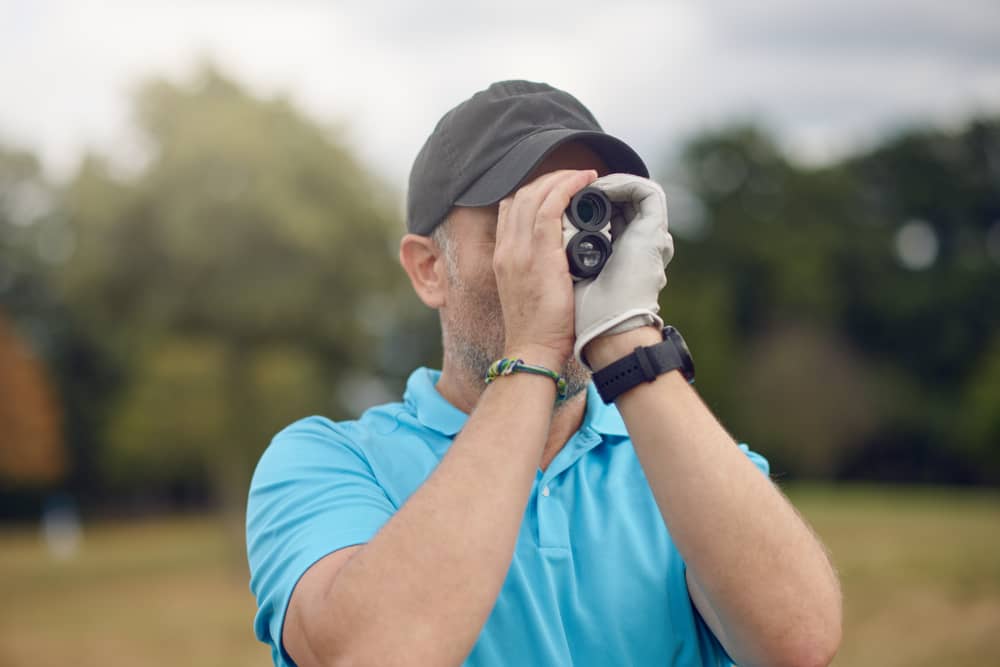
- From the Tee
If you don’t take out your rangefinder on the tee of par 4s and par 5s, that would be a mistake.
By the time you reach the tee, the yardage won’t be irrelevant just because you’ve noticed that the pin is out of range.
With your rangefinder, target the different aspects of the hole that’s in front of you.
It might take just a few seconds to find out the locations of trees, doglegs, bunkers, and water hazards from the tee.
It might be harder to hit these things using a laser device. But you will be able to find other things, like trees that are near enough to identify their exact location easily.
You can develop the hole’s mental map by doing this and plan the strategy accordingly.
Practice aiming by staring at other objects and landmarks or ranging the distance between the obstacles or objects and your target.
This way, you’ll have more control over the whole course.
- On Approach Shots
On approach shots, follow the approach to assess the landscape in front of you instead of just snapping the pin yardage and firing away.
For beginners, avoiding mistakes could have a more significant impact on the score than getting a perfect shot.
So, before hitting the approach shot, check out the water, bunkers, and how far they are from the front and the rear of the green. Then take the shot.
Sometimes, this means you should aim for an open part of the green instead of just at the pin.
How to Use a Rangefinder for Golf on a Slope
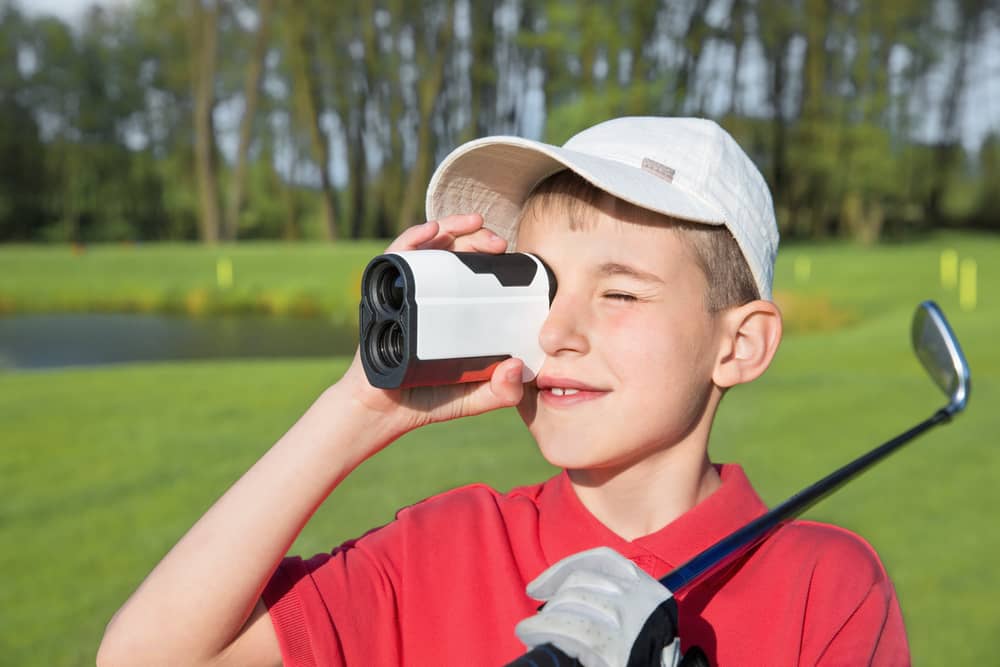
The Slope setting enables you to adjust the effective distance when changing elevation.
You do need to consider the way the slopes and hills could affect the distance and this setting might be useful to determine the slope between you and the target.
- To have the exact reading of the distance between the target and you, first set yourself parallel to the target
- Set the sight for the best clarity for the vision
- Aim your rangefinder at the ground and then at your target to calculate the slope as well as the angle of return
Holding the Rangefinder Steady
Hold the device in one hand, resting your elbow on your chest to stabilize your arm. Don’t get nervous since this could affect your sight.
You can take a few deep breaths to get relaxed when you see the distance between the target and you.





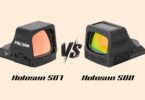
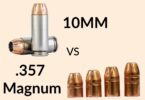


Leave a Comment